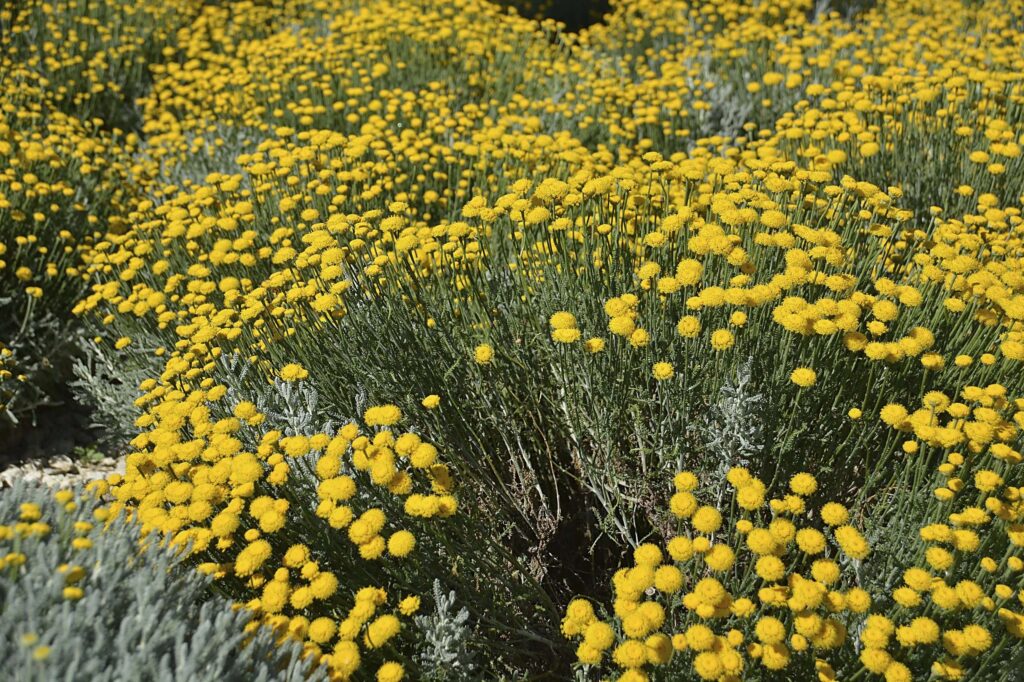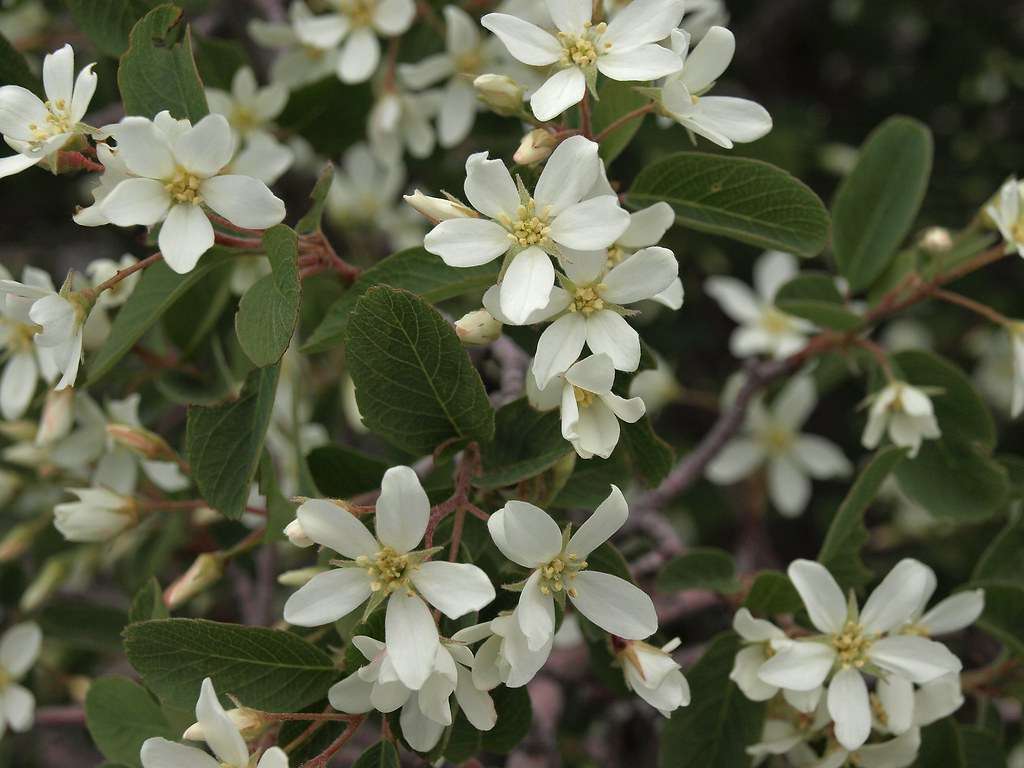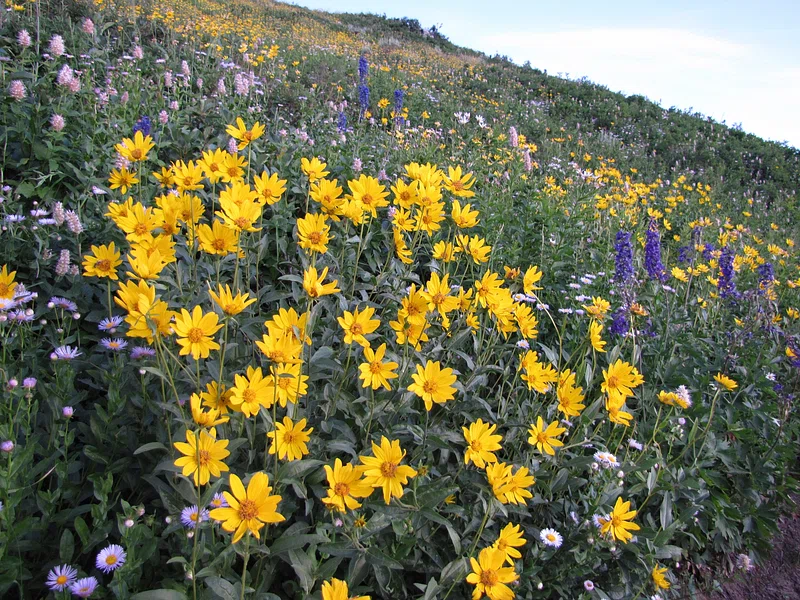Creating a beautiful and sustainable landscape in Utah can be a rewarding experience. By incorporating Utah native plants into your garden, you can enjoy a vibrant, low-maintenance, and environmentally friendly landscape. This blog post will explore the numerous benefits of using native plants in your Utah garden and provide tips on how to get started.

Transform your landscape with Utah native plants! Visit our website for tips and plant recommendations. Start creating a sustainable and beautiful garden today!
What Are Utah Native Plants?
Utah native plants are species that have naturally evolved and adapted to the local climate, soil, and ecosystem of Utah. These plants have thrived for centuries in the region and offer numerous benefits over non-native species. Examples of Utah native plants include Utah serviceberry, desert marigold, and blue grama grass.
Benefits of Utah Native Plants

Low Maintenance and Water Conservation
One of the most significant benefits of using Utah native plants is their low maintenance requirements. These plants are naturally adapted to the local climate and soil conditions, which means they require less water, fertilizers, and pesticides compared to non-native species. This not only saves you time and money but also helps conserve precious water resources in Utah’s arid environment.
Supporting Local Wildlife
Utah native plants play a crucial role in supporting local wildlife, including birds, insects, and small mammals. By planting native species, you can create a habitat that provides food, shelter, and breeding grounds for these animals. For instance, the Utah serviceberry attracts various bird species, while the desert marigold is a favorite among native pollinators like bees and butterflies.
Enhancing Soil Health
Native plants have deep root systems that help improve soil structure and promote healthy microbial activity. These roots prevent soil erosion, increase water infiltration, and enhance nutrient cycling. Over time, this leads to healthier, more fertile soil that supports a diverse range of plant and animal life.
Reducing Pesticide Use
Since Utah native plants are well-adapted to local pests and diseases, they typically require fewer chemical treatments to thrive. This reduces the need for harmful pesticides, which can negatively impact the environment and human health. By choosing native plants, you can create a safer and more sustainable landscape.
Popular Utah Native Plants for Your Landscape

Utah Serviceberry (Amelanchier utahensis)
The Utah serviceberry is a versatile shrub that produces beautiful white flowers in spring and edible berries in the summer. It is drought-tolerant and provides excellent habitat and food for birds and other wildlife.
Desert Marigold (Baileya multiradiata)
Desert marigold is a hardy perennial that produces bright yellow flowers from spring to fall. It thrives in well-drained soils and full sun, making it an excellent choice for xeriscaping.
Blue Grama Grass (Bouteloua gracilis)
Blue grama grass is a warm-season grass that forms dense, tufted clumps. It is highly drought-tolerant and provides excellent erosion control. Its unique seed heads add visual interest to the landscape.
Tips for Incorporating Utah Native Plants into Your Landscape

Plan and Design
Before you start planting, take the time to plan and design your landscape. Consider factors such as soil type, sunlight, and water availability. Group plants with similar water and light needs together to create a cohesive and efficient design.
Prepare the Soil
Proper soil preparation is essential for the success of your native plant garden. Test your soil and amend it as needed to improve drainage and fertility. Incorporate organic matter, such as compost, to enhance soil structure and nutrient content.
Mulch and Water
Mulching helps retain soil moisture, suppress weeds, and regulate soil temperature. Use organic mulch, such as wood chips or straw, around your native plants. While native plants are drought-tolerant, they still need regular watering during establishment. Gradually reduce watering as the plants become more established.
Conclusion
Incorporating Utah native plants into your landscape offers numerous benefits, from reducing maintenance and conserving water to supporting local wildlife and enhancing soil health. By choosing native species, you can create a beautiful, sustainable, and environmentally friendly garden that thrives in Utah’s unique environment. Start planning your native plant garden today and enjoy the natural beauty and benefits it brings.
By following these tips and utilizing native plants, you can create a landscape that is not only visually appealing but also beneficial to the local ecosystem. Embrace the beauty and resilience of Utah native plants and enhance your landscape naturally.




